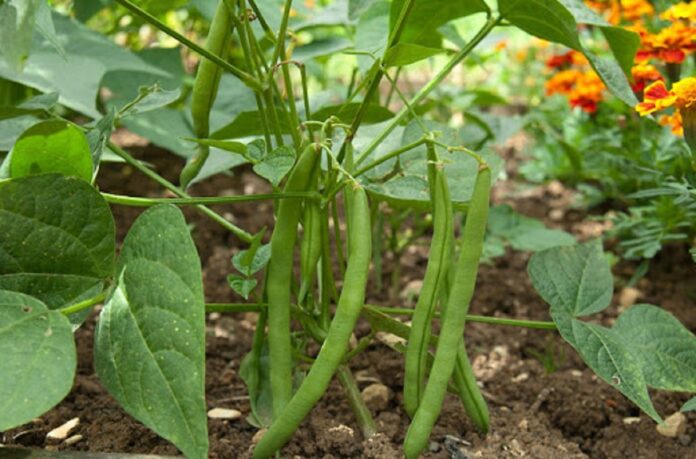Cowpea (Vigna unguiculata) is an annual herbaceous legume from the genus Vigna. It tolerates sandy soil and low rainfall and so an important crop in the semi-arid regions across Africa and other countries. (Wikipedia)
Cowpea cultivation is a good farming business. It requires several factors to ensure optimum yields. So, if you want to make money out of it, know all the factors.
We, in this post, would take you through all the factors to consider.
1. Select a good site
Good Cowpea cultivation requires well-drained loamy soils. Avoid sites that are prone to waterlogging. To reduce the cost of fertilization, choose lands with fertile soil conditions.
Read also: 6 Basic Soil Problems and Recommended Solutions in Agriculture
2. Proper land preparation
Clear the land well to ensure good stand establishment and minimize weed competition. In good cowpea cultivation, to improve and maintain good soil conditions, practice no-till agricultural technology.
3. Select good seed and always test it.
Test seeds for viability to ensure high germination percentage. Use improved varieties like Amantin, Asontem, Vallinga, Tona etc. Obtain seed from trusted sources like certified seed growers or registered seed sellers. Be very sure by conducting a seed viability/germination test. You can look at discussions on the topic.
4. Plant at the right time
What do we mean by “right time”?
In the Forest zones, planting is done between late August and early September. In the Guinea Savanna areas planting falls between April and August, while in the Coastal Savanna, early May to early September. Tactfully select planting time so that maturity coincides with the end of the rains.
Read also: How to successfully manage your Crops in the erratic rainfall pattern
5. Plant in rows
Laying out your field for row planting makes weed control, spraying and harvesting easier. Planting in rows requires lines and pegs. Planting in rows also ensures optimum plant population.
6. Plant at the proper depth
Holes created for sowing the seed should be 2-3cm deep i.e. about half the length of the middle finger (note: finger of a matured person). Planting at the right depth improves germination. Depending on the germination test results; if
1. 85% or more germinate, plant 2 seeds per hole
2. 70% – 84%, 3 seeds per hole
3. Less than 70%, please discard and acquire better seed. It can be eaten as food anyway.
7. Control weeds early
Reducing competition from weeds in the first four weeks is very vital.
NB: Avoid weeding with hoes after 4 weeks. That may damage the root systems and interferes with nutrient and water absorption.
8. Control insect pests
Insect pests are very destructive to cowpea on the field and there its control is vital. Efficient insect pest control helps to increase the yield of cowpea 5x or more.
9. Harvest during the dry period
Harvesting is best done during the dry season. This helps to reduce weevil infestation, grain shattering and moldiness.
10. Store Properly
After observing all the good cowpea cultivation practices, post-harvest is the most important factor, so your sweat is not in vain. Use healthy post-harvest techniques to store cowpea for longer periods. Drying adequately and storing in a cool dry place are the basics for proper storage.
Use these points religiously and you will get high yields and good money from the production of cowpea.


